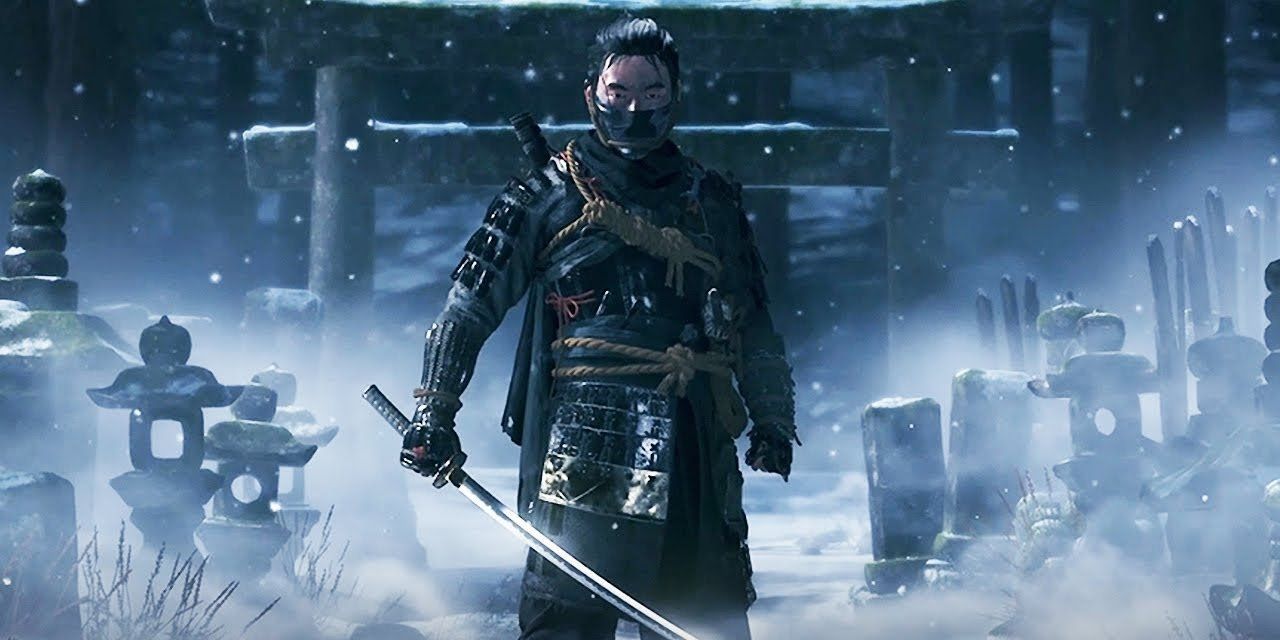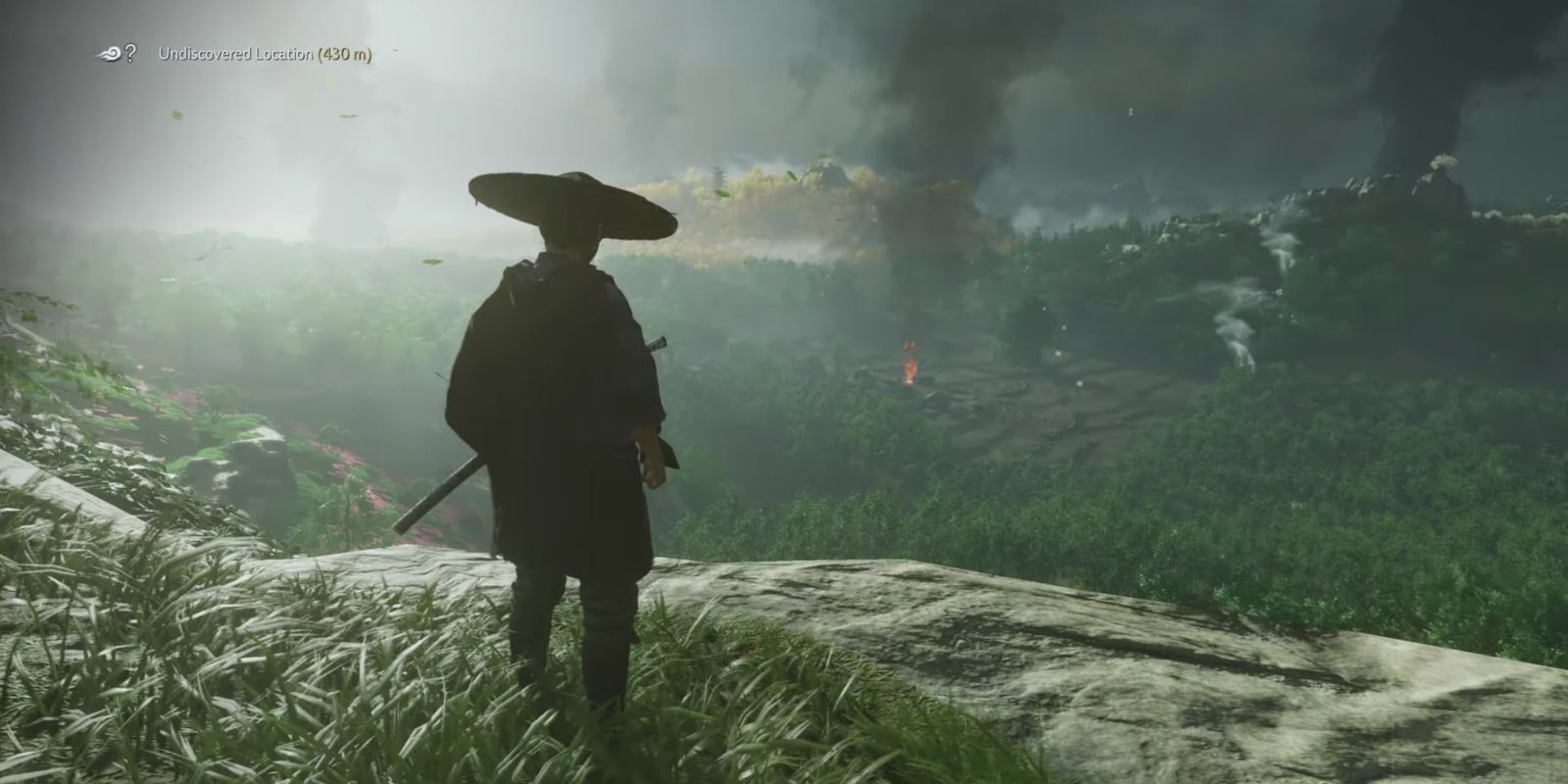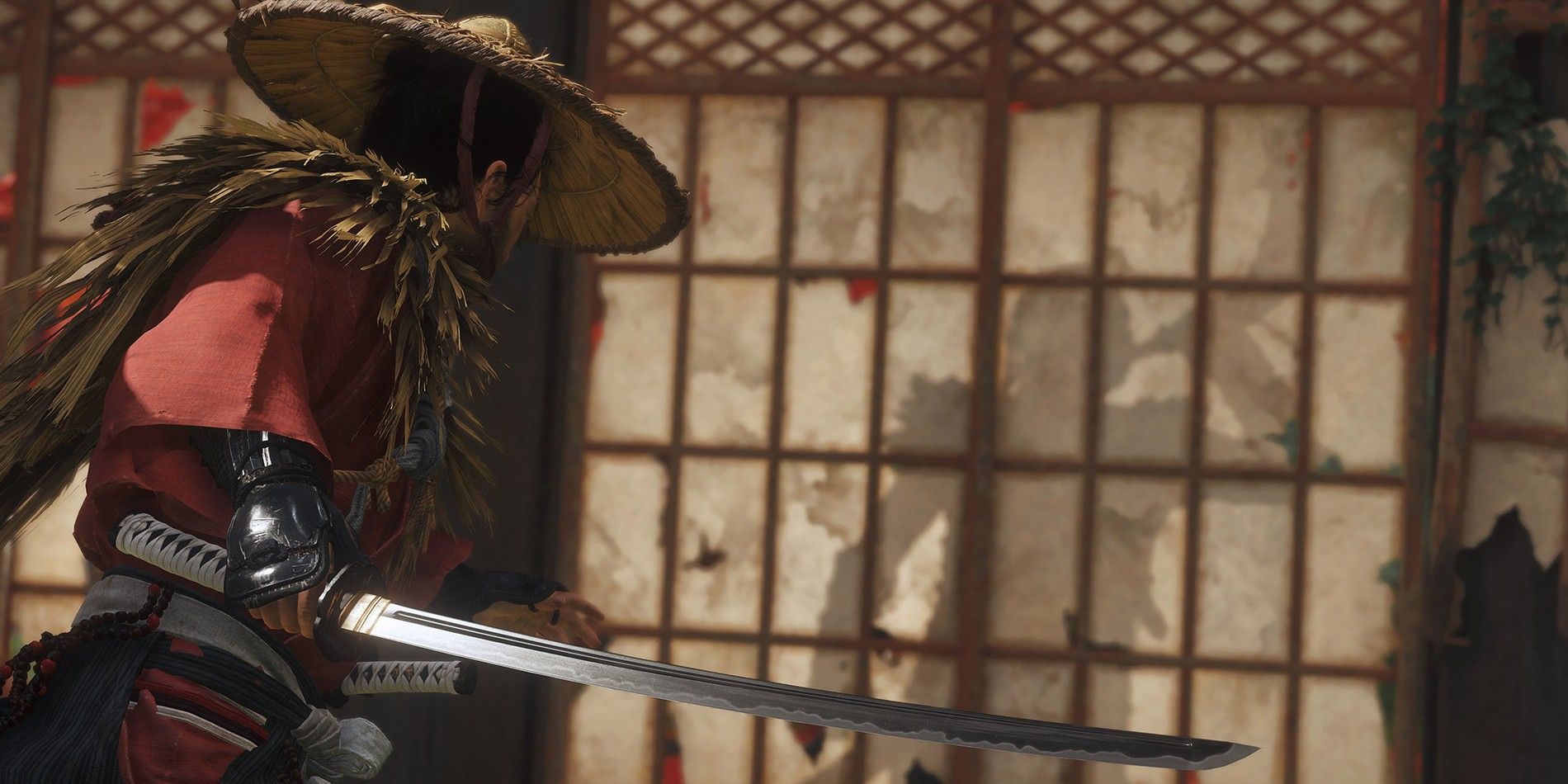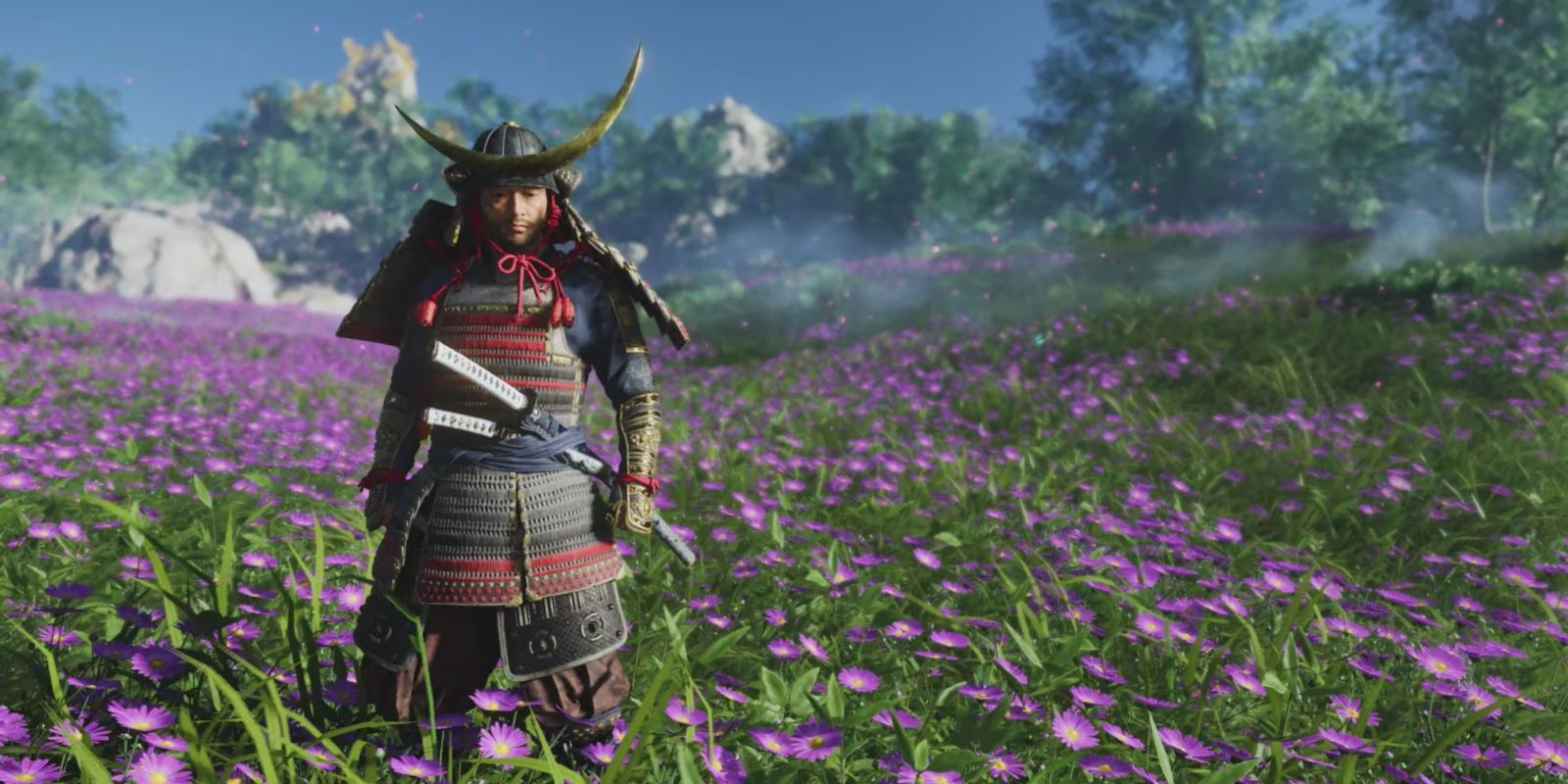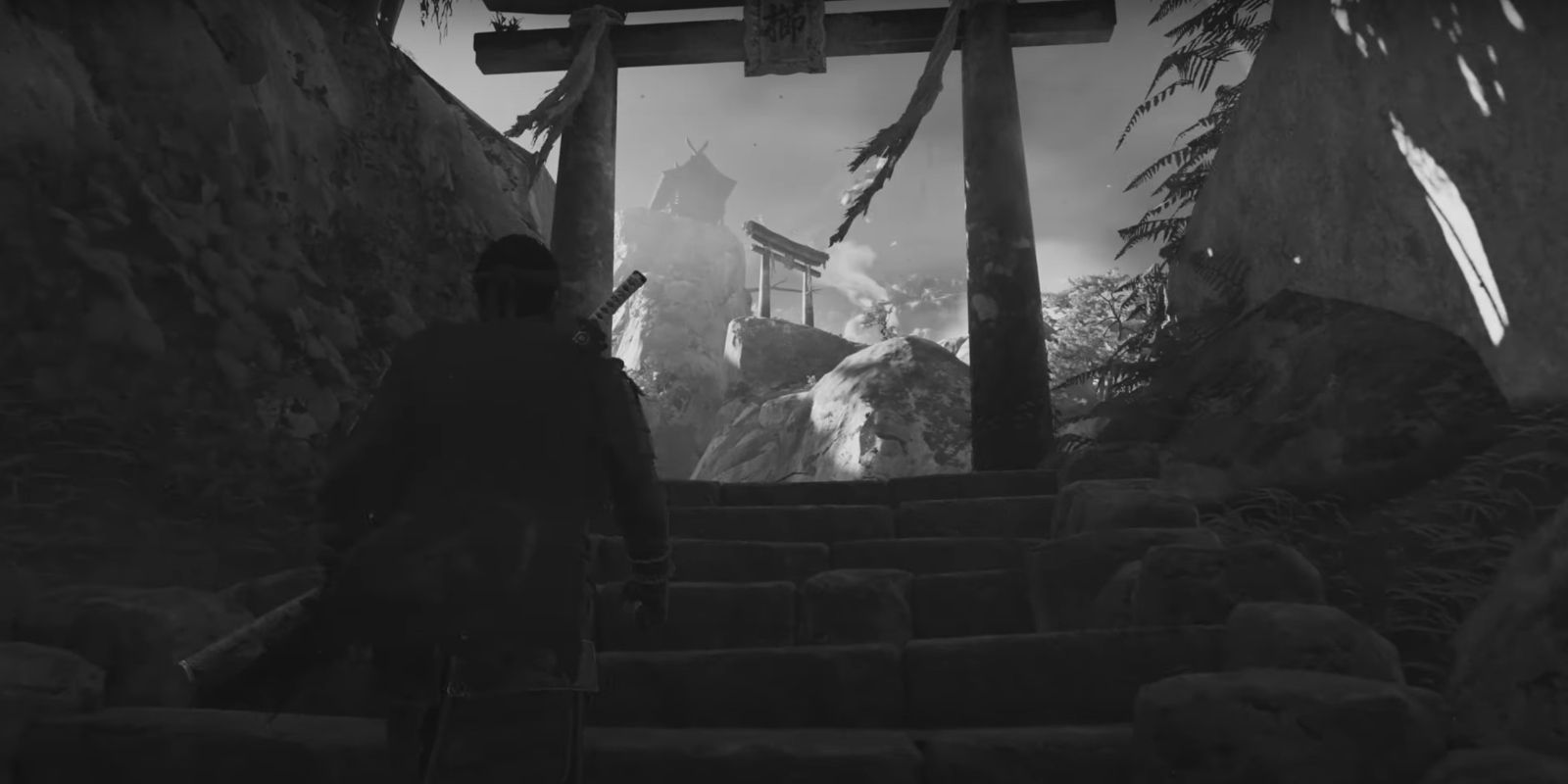Since last year, Sony has used its "State of Play" presentations as a way to announce and show off upcoming games, taking a cue from Nintendo and its Nintendo Direct format. Just as Nintendo has used Directs to shine a spotlight on specific highly-anticipated titles, Sony used today's State of Play to highlight one of the biggest games coming this year: Sucker Punch's Ghost of Tsushima.
Unlike other games that are coming out this year like The Last of Us Part II and Assassin's Creed Valhalla, Ghost of Tsushima is an entirely new IP, making Sony's approach to revealing and marketing this game all the more important. The State of Play finally gave gamers an idea of what to expect from this upcoming title, detailing more of the world and how the game will play.
Exploration
As an open-world adventure title, gamers already anticipated that exploration will play a huge role in Ghost of Tsushima, but we finally got a better idea of how it'll work. Sucker Punch already confirmed that the game would not use UI waypoints like other games. These markers, which point out quest objectives on the map, are controversial because, while they are helpful, they are emersion-breaking and reduce the incentive to explore the world freely. Many gamers feel that they are the developer's way of holding players hands instead of trusting them to find things on their own.
While there won't be waypoints, this doesn't mean Ghost of Tsushima will leave players completely directionless. The game will instead use "Guiding Wind" to help players get where they want to go. In the presentation, we see the protagonist, Jin, spot a fire and what looks to be a settlement while standing atop a tall mountain. Opening up the map reveals a question mark denoting an undiscovered location, and hovering over this provides the option to call a Guiding Wind, which will blow in the direction the player needs to travel to get to their location.
Guiding Wind is a great, non-invasive way to help players navigate the island of Tsushima, but it only works for goals that have already been found. The game has other ways for players to find new goals and new secrets. Following animals, like birds and foxes, can help players find new points of interest, such as abandoned houses where Jin can gather supplies, and shrines. This is a brilliant way to use the game itself to guide players towards their objectives while also giving them the freedom to explore on their own.
Combat
Ghost of Tsushima will follow Jin's journey to liberate his homeland from the Mongol invaders as he goes from an honorable samurai to more deceptive Ghost. As such, combat will differ throughout the game between these two styles. As a samurai, combat will start with a standoff between the two enemies. Here, every strike counts, and timing parries is important. There are also different stances, which will be strong against different enemies.
As the Ghost, Jin will engage in sneakier, less honorable tactics to gain the upper hand. The presentation shows Jin fighting the same group of Mongols as the Ghost, this time sneaking around the shipyard, distracting enemies with some kind of explosive before ambushing them as they go to inspect it. He can also sleathily approach an enemy from behind and assassinate them, throw smoke bombs for evasion and use a grappling hook to get to different locations. The Mongols will learn to fear Jin, running away when they see him, something the player can use to their advantage.
In the top-left corner, you can also see the main goal and a bonus goal for the current mission, which involves things like killing a certain number of enemies with a particular weapon. It's not yet clear what completing bonus goals will get you, but it'll likely come with an additional reward.
Customization
Going into the State of Play, we knew that Jin would have different options for armor, but the presentation confirmed that these are more than just cosmetic. Different armor will come with different advantages, and players will want to customize Jin in a way that suits their playstyle. You'll also be able to collect dye flowers, which'll let you change the appearance of different pieces of armor.
There are also charms you can equip to give Jin an advantage in combat. You'll earn new charm slots by finding and honoring shrines throughout the world, and there are different kinds of charms. So far, we can see there are Defense, Stealth and Utility charms, and an icon of two swords indicates that there will be some kind of combat focused charm category.
As Jin evolves from a samurai to the Ghost, you'll gain new techniques. The presentation doesn't give any specifics on how this feature will work, but it will change gameplay and give players the option to choose how Jin grows.
Other Features
Ghost of Tsushima will feature a variety of additional modes and options. Like other games, it will feature a Photo Mode, allowing players to take pictures of the game's gorgeous world to share with friends. You'll be able to change things like color grading, depth of field and Jin's facial expression, as well as new options like controlling the wind's direction and speed and choosing different music tracks, making it perfect for videos.
There are also options that'll help you feel like you're playing a samurai movie. The game will make the option to play with Japanese audio and English subtitles available from the start. There's also "Samurai Cinema" mode, which gives the game a windy, black and white, film grained effect reminiscent of a classic samurai film. As with the subtitles, you'll also be able to turn this on from the beginning. While this mode may remove the colors and details that

